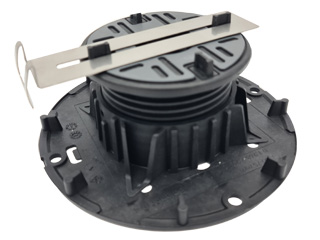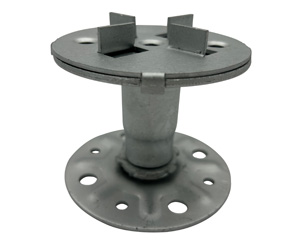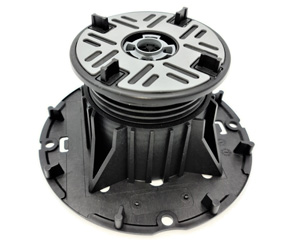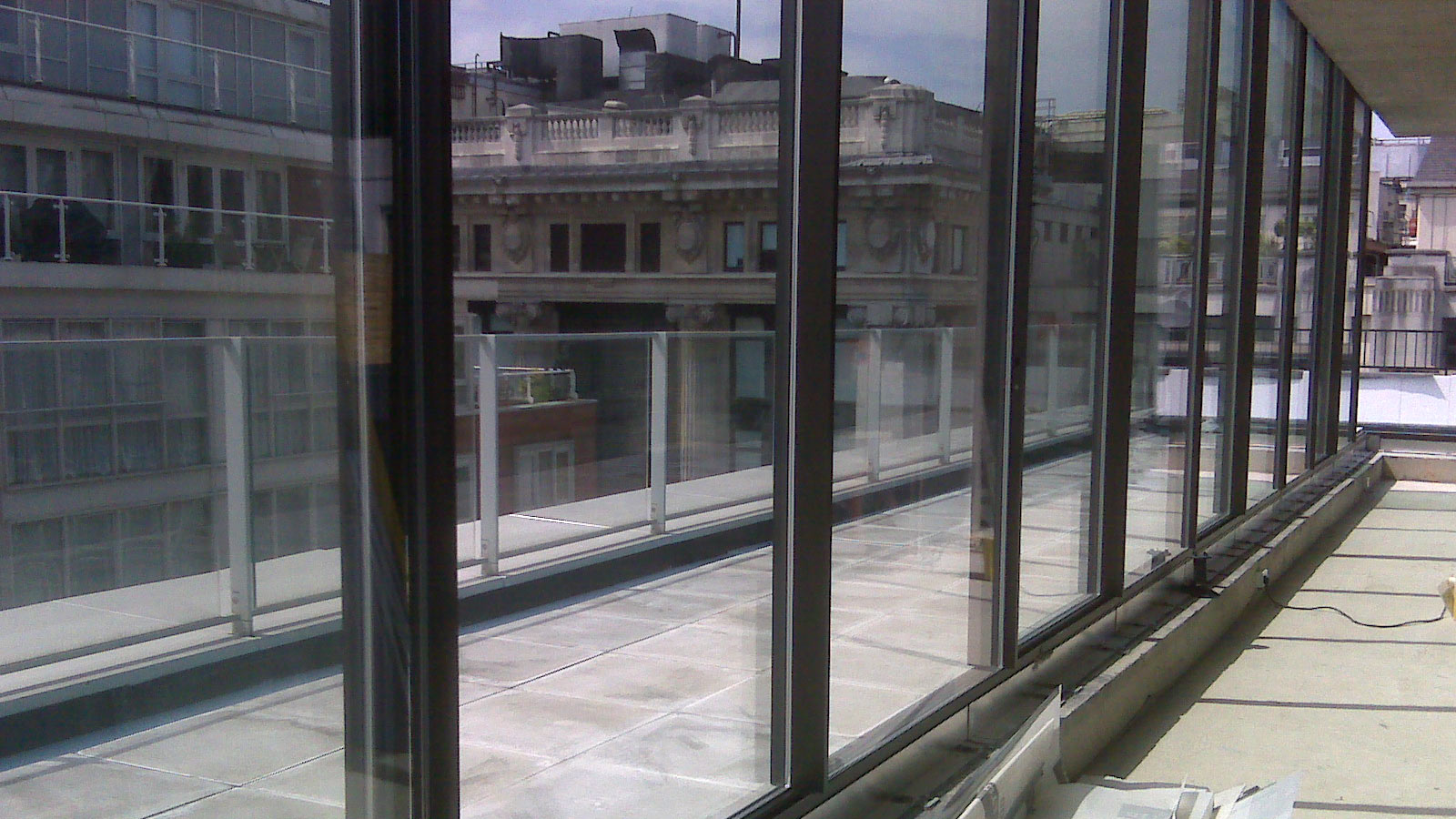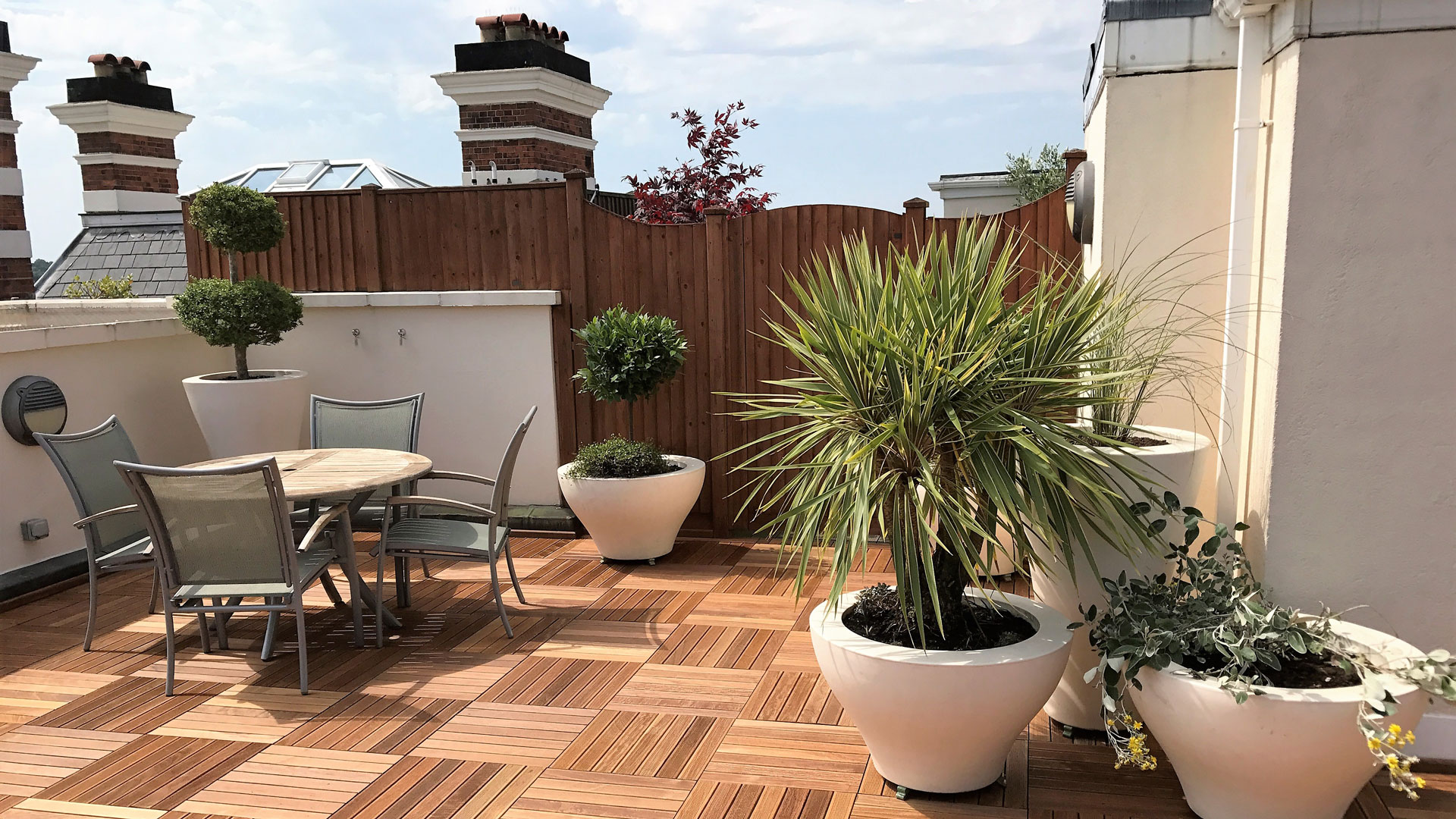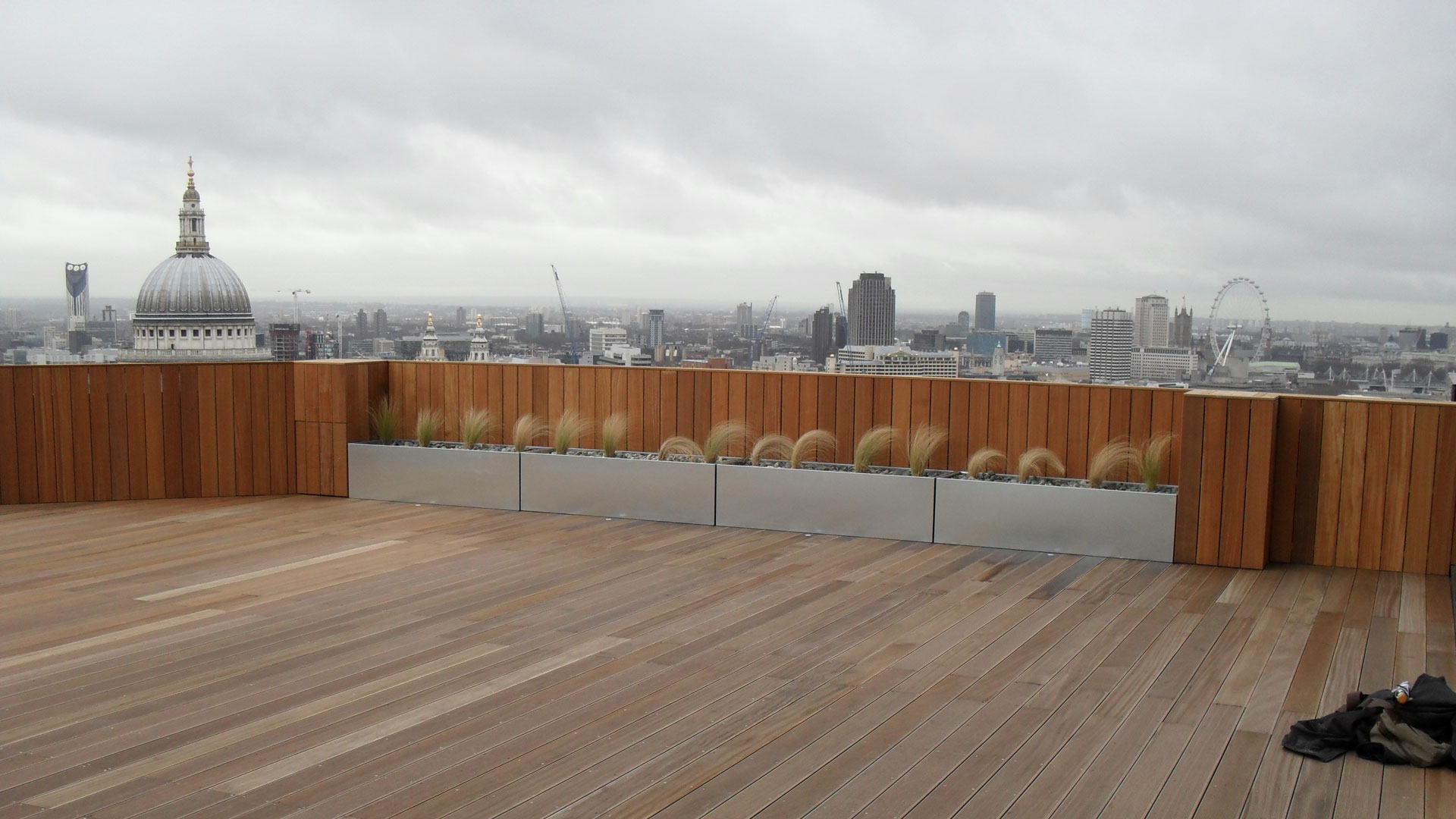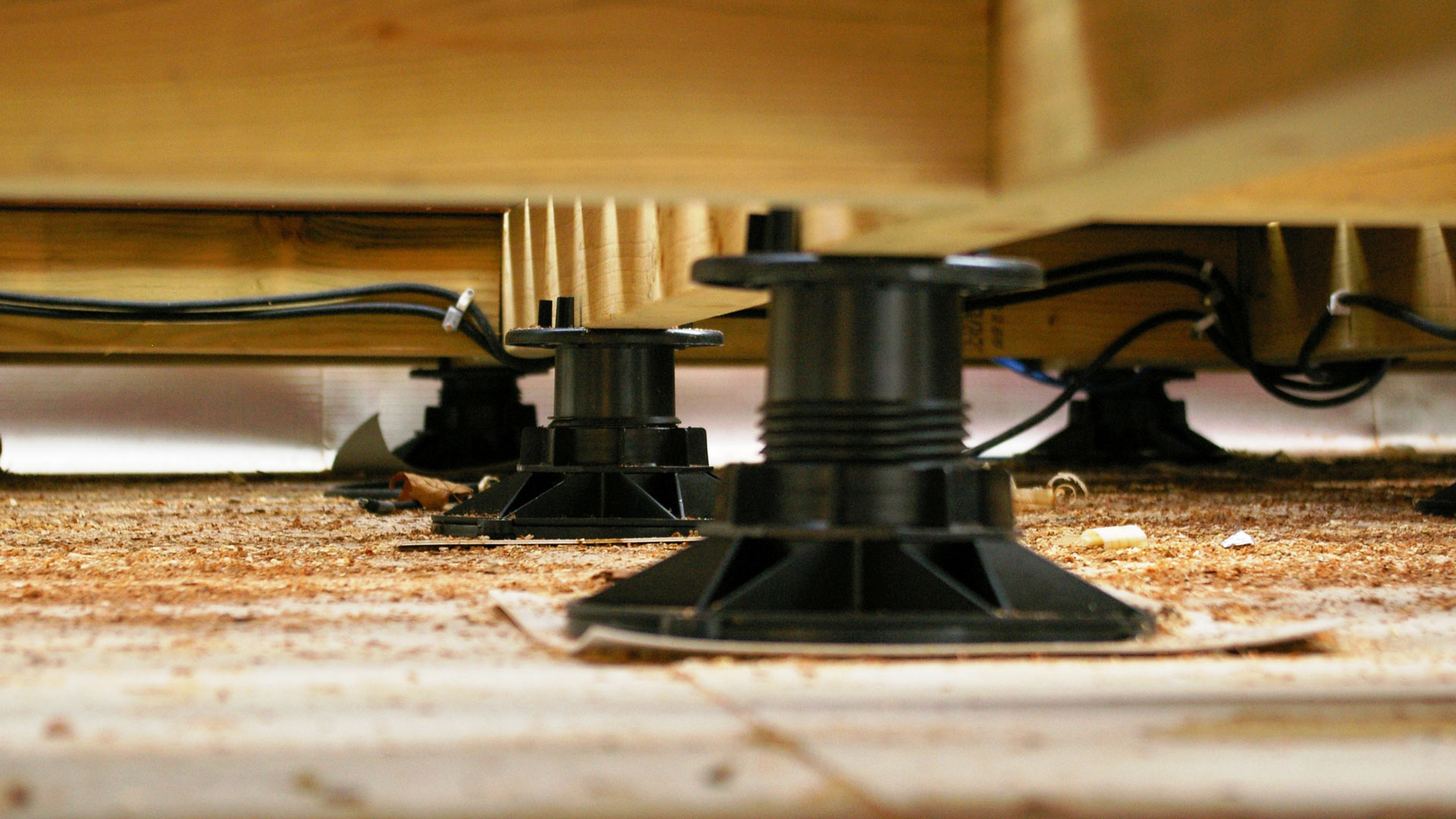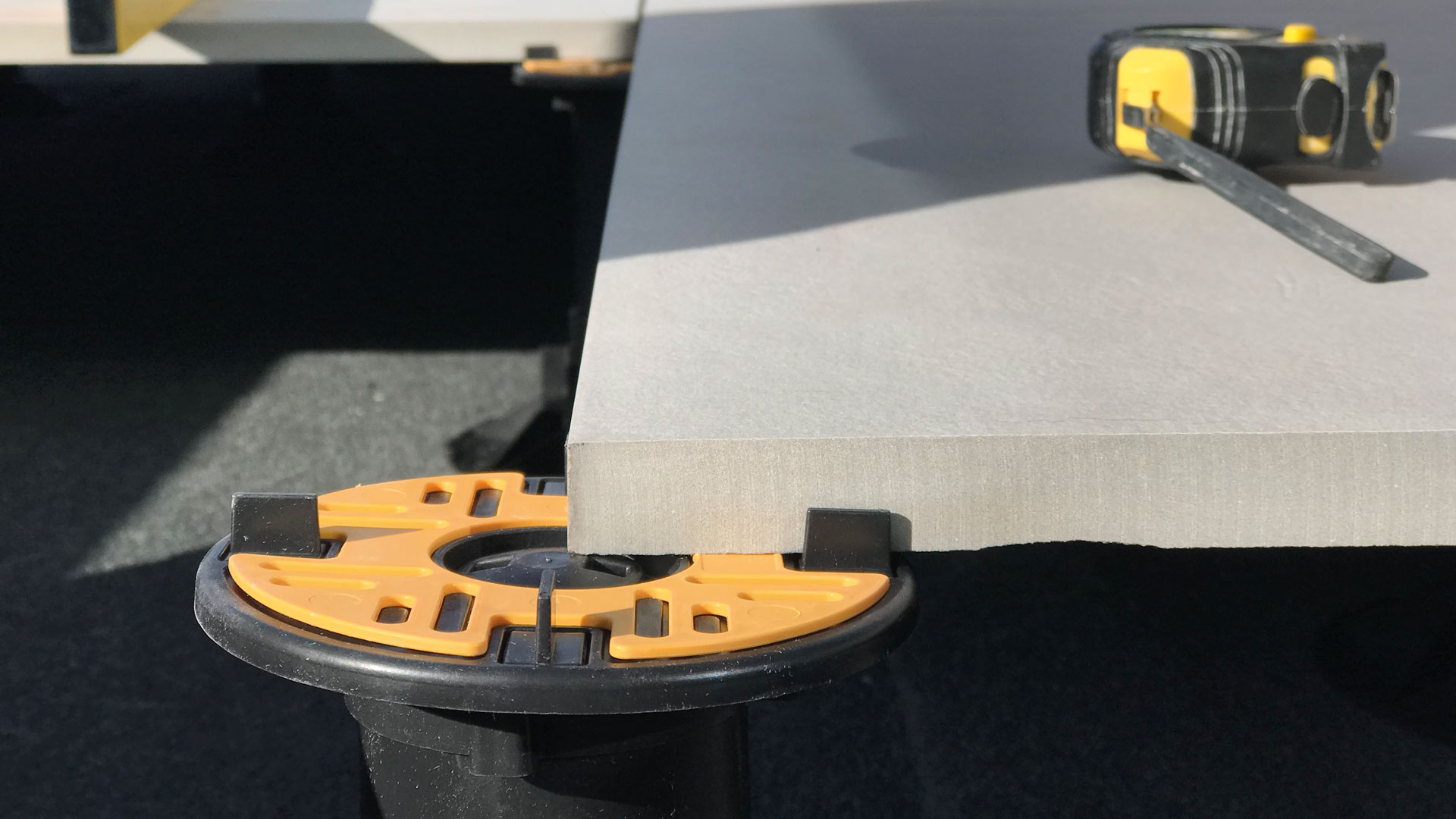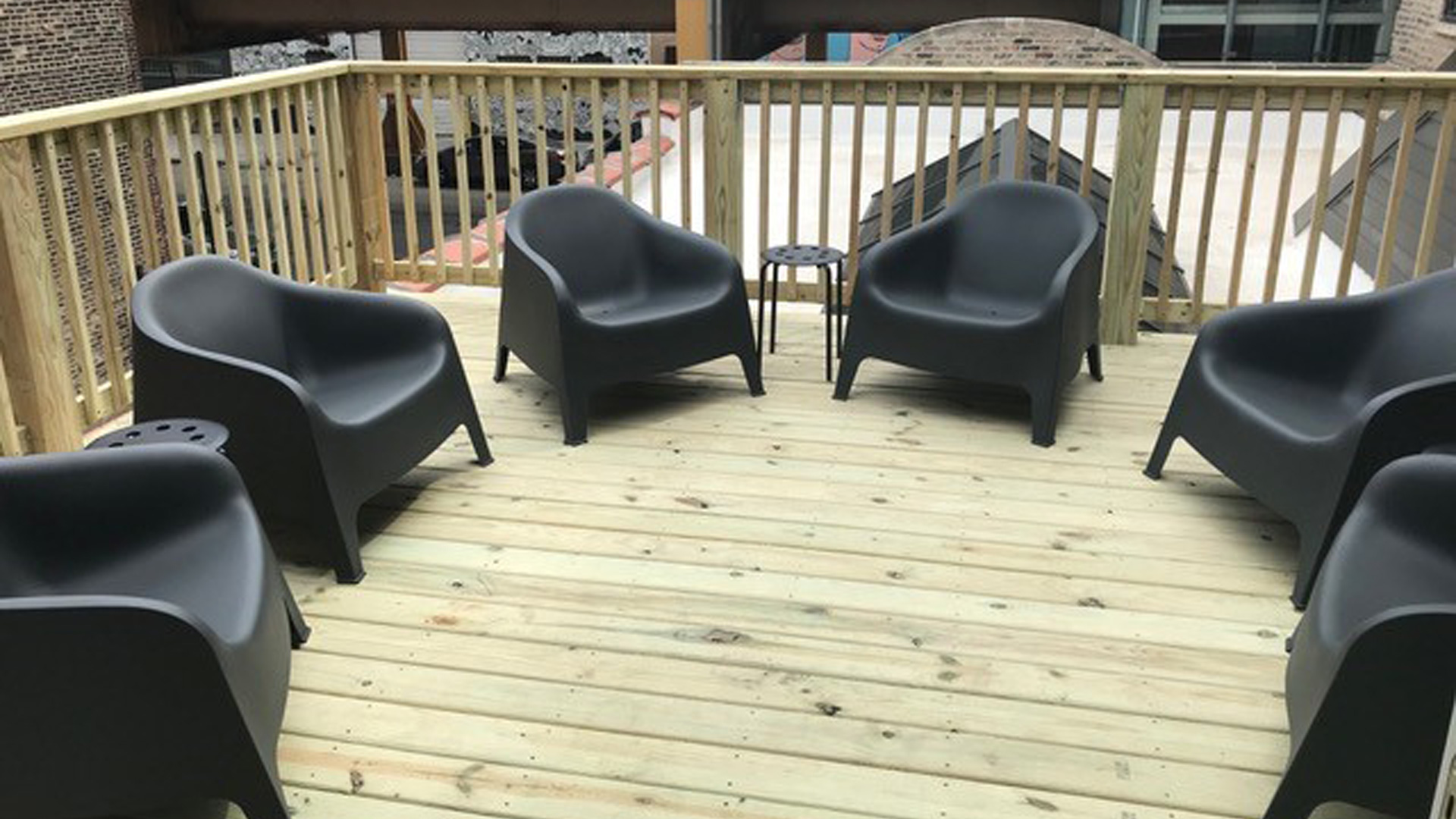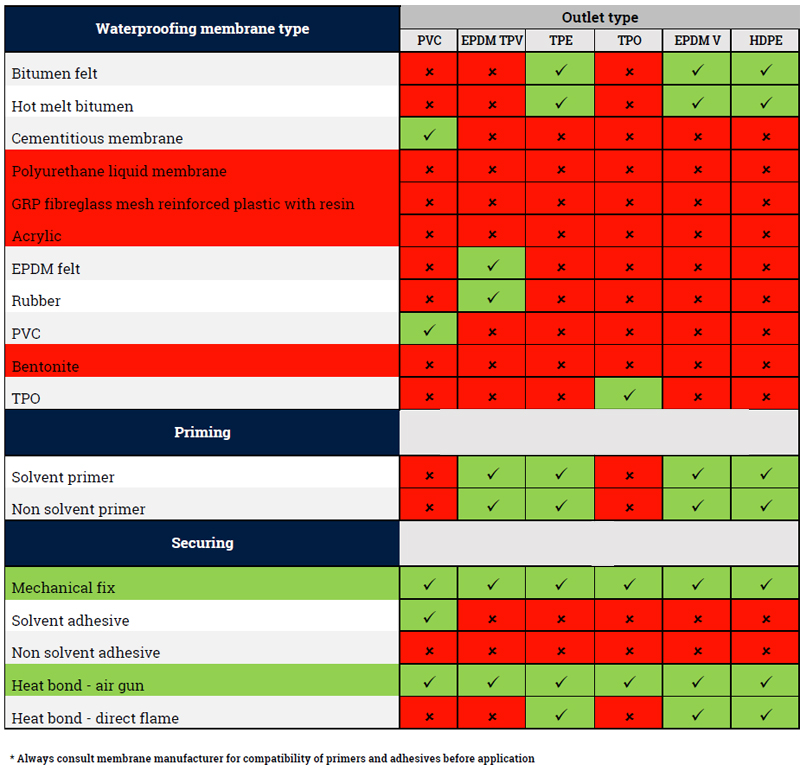Susanne Hablützel breaks up her work day by staring out the window at a rooftop garden. The view is not spectacular: a pile of dead wood sits atop an untidy plot that houses chicory, toadflax, thistle and moss.
But Hablützel, a biologist in charge of nature projects in Basel, is enthralled by the plants and creatures the roof has brought in. “Tree fungi have settled in the trunks, and they are great to see – I love mushrooms. You can also see birds now – that wasn’t the case before.”
Hidden high above the streets of Basel is an unappreciated environmental wonder: thousands of gardens perched on otherwise unused roofs. As a result of policies set decades ago, the city boasts some of the greenest rooftops in Europe – averaging more than five square metres (50 sq ft) per person in 2019, or about the size of a large balcony.
The roofs range from those on small office buildings, such as the one on which Hablützel spies blackbirds snapping worms into their beaks, to the vast open spaces that cover shopping malls, warehouses and hospitals. But what makes Basel stand out from many other cities that have pioneered green roofs, industry insiders say, is that it has insisted on using native seeds and plants – and not treated green roofs as a box-ticking exercise.
“The green roofs in Basel were like industrial wastelands, which have really good wild flowers,” says Dusty Gedge, president of the European Federation of Green Roofs and Walls, who visited the city in 2000 and brought its ideas back to London. He describes Basel’s roofs as being like brownfield sites that are closer to dry and nature-rich grasslands than monotonous green meadows.
“Now, you show that to most people and they go: ‘I don’t want that on my roof,’” says Gedge. “But that’s what delivers for biodiversity.”
Basel’s foray into green roofs began in the early 1990s, when residents voted to put part of their bills into a fund to finance energy-saving measures; green roofs were among the solutions. Although it was not the first city to hit upon the concept – Linz in Austria and Stuttgart in Germany started promoting them in the 80s and boast impressive coverage today – Basel quickly beefed up its scheme by mandating green roofs on all new and renovated buildings with a slope of less than 10 degrees.
“This was the recipe for success,” says Hablützel. “Not just the legal requirement, but also the support of subsidies, plus the back-and-forth between scientists and the city.”
The best-known of those experts is Stephan Brenneisen, who leads the city ecology research group at Zürich University of Applied Sciences. He gave an academic presentation on green roofs 30 years ago that captured the interest of the Basel authorities, and he has since gone on to develop guidelines for how to design the city’s green roofs.
“When we started, we made them really basic,” says Brenneisen – builders would dig up soil during construction and then place some of it on the roof at the end. “But we found out it’s very hard and complicated for the companies who make green roofs to do it this way, because this kind of topsoil is not easy to handle.”
Brenneisen has since worked with the city to set standards for the depth of the garden and the types of seeds that can be used. It is an exercise in fine-tuning. As climate breakdown has left Basel more exposed to violent weather, for instance, the city has increased the minimum thickness of substrate from 12cm (5in) to 15cm.
Despite this, Brenneisen says, the fundamentals have not changed over the past three decades. “What I learned is that in the end it’s a simple technology.”
Supporters praise green roofs as a cheap tool that cities short on space can use to create natural oases in urban areas. Like parks, green roofs cool the air during heatwaves and store water during storms. They also shield citizens from noise, reduce air pollution and provide a home to wildlife that people can also enjoy.
But without policies to support green roofs or price in their societal benefits, property developers are put off by the cost of building them – and owners deterred by the maintenance fees. Depending on their size, the extra weight may also mean using more concrete and steel in construction, which can increase the carbon footprint of a building.
To view the full article, please click here.


